Fixing health care has never required privatization, but it’s clear this is what Ontario Premier Doug Ford’s government has always wanted. Rather than make any effort to repair decades of damage, Ford has worked to ensure extracting profit is a key feature of our system.
First, cataract surgeries will head to private clinics, then diagnostic procedures such as colonoscopies and as early as next year, knee and hip replacements. Not all the clinics are for-profit. But many of them are, and it’s likely that more of them will be in the future.
Ford said the procedures will all be covered by OHIP, so patients won’t see a bill. There are major problems with this.
First, patients should be ready for clinics to try and upsell them on their surgeries. For a fee, why not get that better cataract lens, maybe upgrade your knee a little further? That won’t be covered by OHIP. It’s not impossible that those opting for upgrades might also get to move ahead in the line. Suddenly the system opens up a second, subtle tier.
Second, the private sector isn’t under any wage controls, while Ontario health care workers have their wages artificially depressed. Unions have been saying for ages that their pay is already too low, and the government’s Bill 124, which limited increases to 1 per cent per year, kept wages even lower — especially so at a time of galloping inflation. (The law was struck down as unconstitutional by a court decision in late November 2022, but the government has said it will appeal the ruling.)
The government said it doesn’t have a plan to prevent public health care workers from being lured to private clinics. Instead, the president of the Ontario Medical Association said in a press release, “We look forward to working with the government to develop a strategy to make sure these new centres do not take resources away from hospitals or exacerbate existing health human resources challenges.”
But these clinics will surely be looking to siphon up new staff. As Melanie Bechard, chair of Canadian Doctors for Medicare, told CBC, “This plan provides us new places to provide surgery, but it doesn’t provide us any new people to provide surgery. […] Ultimately, these facilities are going to be competing with our public hospitals for staff.”
All along, there have been ways for Ford to fix the system we have. Instead, he’s turned to the private sector.
The problems with healthcare are as straightforward as they are complex. The years of austerity in the ’80s and ’90s at both the federal and provincial levels have never been reversed. Starving direct public services, particularly health care, has been the rule of the day.
Here in Ottawa, the Children’s Hospital of Eastern Ontario — typically known just as CHEO — is the perfect illustration. The hospital has just come off of nearly two months of having to send teenagers to adult hospitals because it has been unable to cope. CHEO president Alex Munter said the number of beds at the hospital is fewer than half of what it was when it opened in 1974. This started as good news. Medical advances meant kids didn’t need to stay in hospital as long as they used to, and children were generally healthier and safer, so the beds weren’t needed. But in the intervening years the population has grown substantially, yet the number of beds has stayed static. “This growing need for children’s healthcare collided with a drive by government to ‘bend the cost curve’ of hospital budgets. So as demand for care at pediatric hospitals like CHEO grew, our resources shrank,” Munter said.
This is a story of underinvestment that has played out in hospitals across the province.
Right now, the most acute problem in hospitals is a lack of staff. Even if they have more beds, many can’t keep them open. Rolling closures of emergency rooms and other departments for days and sometimes weeks have become routine.
Partway into his second term, Ford has had plenty of time to tackle the crisis in hospitals by increasing wages and opening more beds. Instead, in 2020, Ontario spent a lower amount per person on healthcare than all other provinces. In the first half of the 2021-22 fiscal year, the government spent nearly $1.3 billion less than it budgeted for previously. In November 2022, a Financial Accountability Office report found that the government spent $859 million less in the health-care sector in the first half of the 2022-2023 fiscal year than projected. In its latest budget, the government laid out plans to decrease the amount of spending per person in 2024-25 in real terms. What is that, other than an admission that the government doesn’t believe in public healthcare?
If that wasn’t enough, see what the premier says when he talks about healthcare: “One CEO, and I won’t name him, said … ‘There’s only two places in the world that have the health care that we have, the same system, is Cuba and North Korea.’ […] Like, really? We need to improve. So we’re making the changes with the support of the CEOs and with the associations.”
Those aren’t the opinions of a man — even if he’s using an unnamed CEO to voice them — who believes public healthcare is valuable. This is someone who doesn’t believe in the idea of public service at all.
Profit always has to come from somewhere. If the province is paying the same rate to a private clinic as a public hospital for a surgery, how does that private clinic make a profit? Like other parts of the economy, it cuts corners — pardon me, “finds efficiencies” — to squeeze every last dollar out of a procedure.
Fixing knees isn’t like producing a car. People don’t buy a new joint because they want to — they get an operation because they need to.
Ontario is heading down a path from which it will be difficult to change course. Ford told reporters the changes were permanent, and even if it was bluster, he’s probably right.
This was never the only option, but it’s the one his government has always wanted.

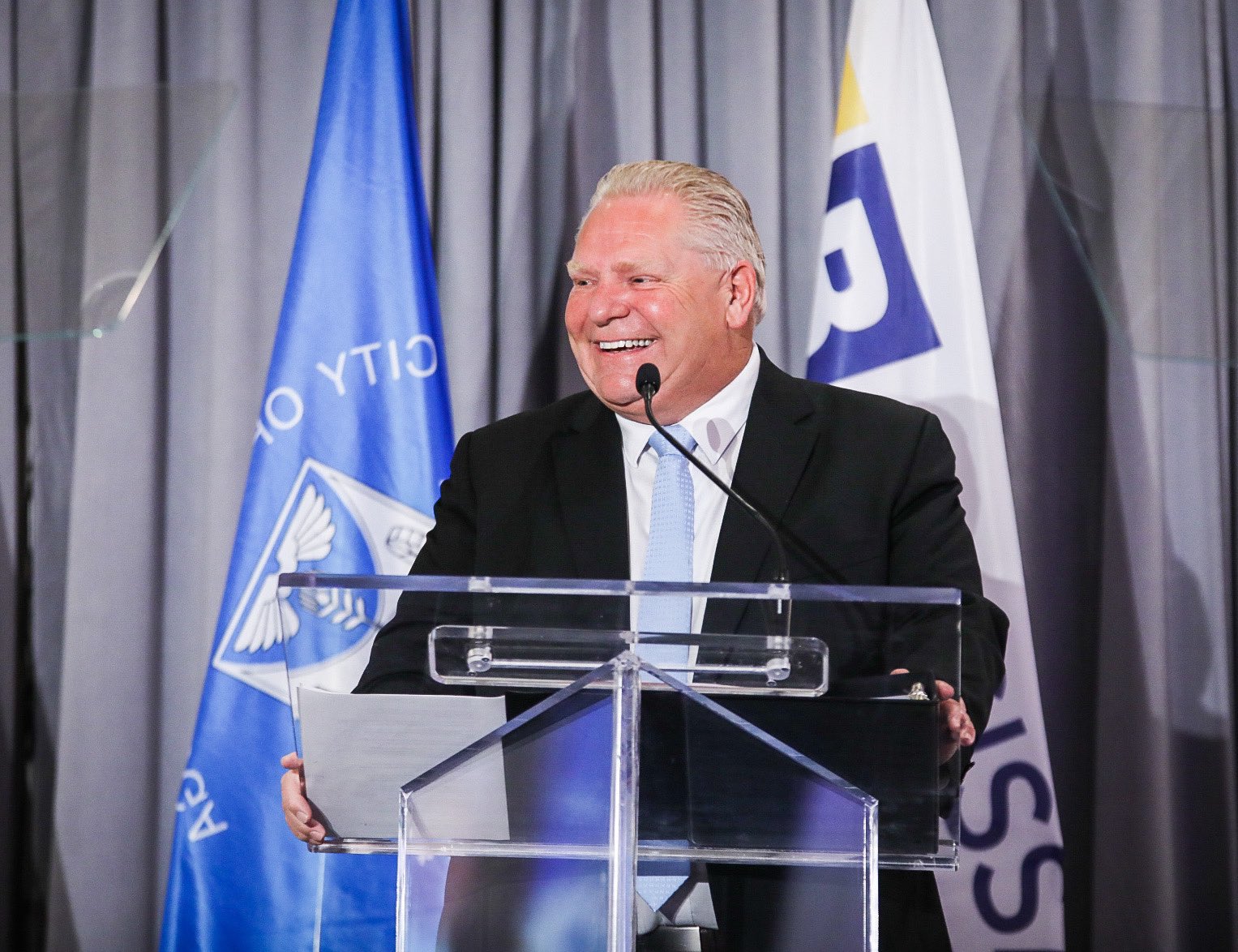
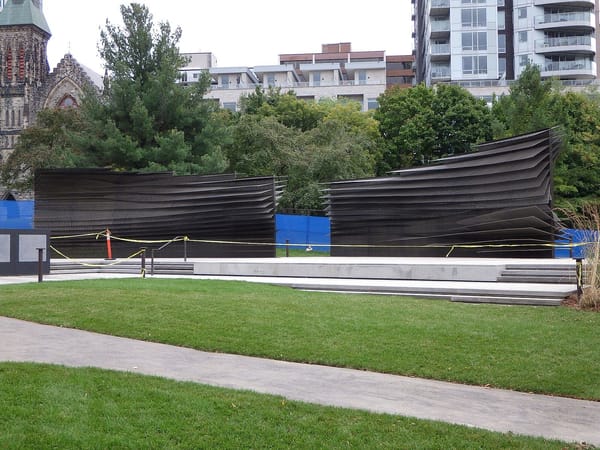
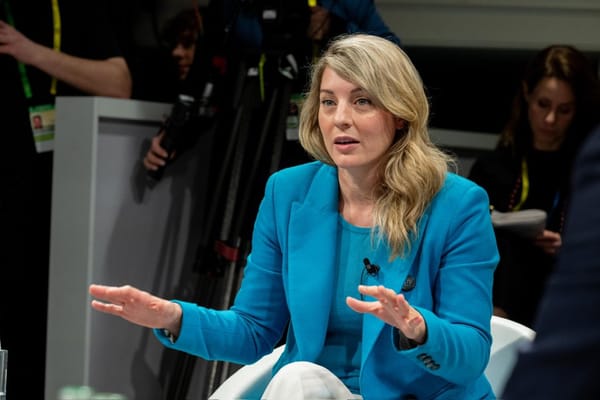

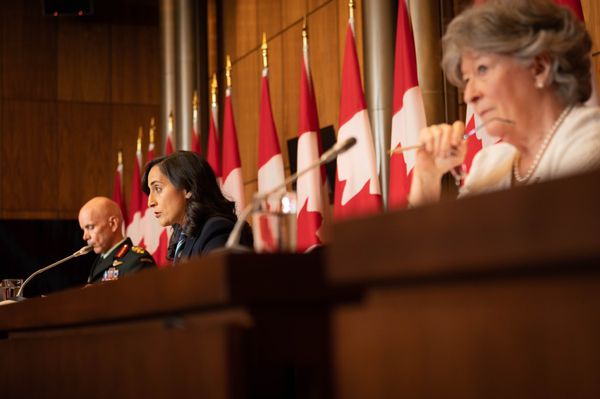
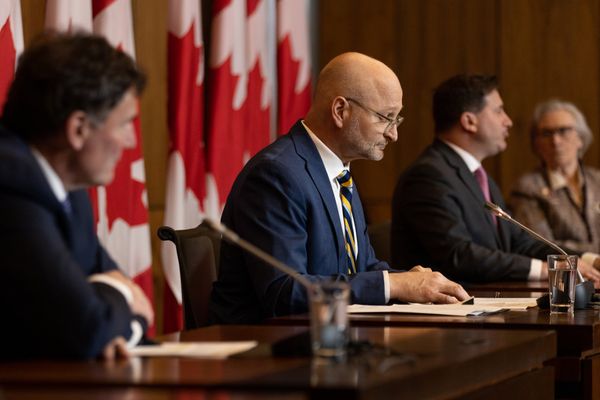
Member discussion